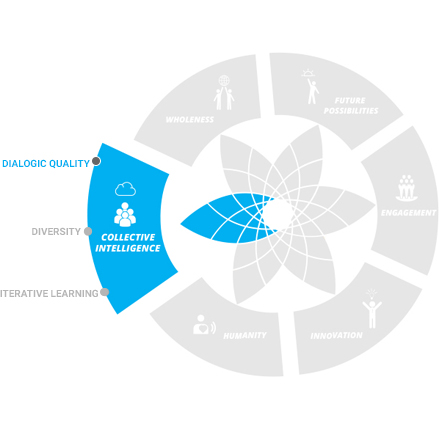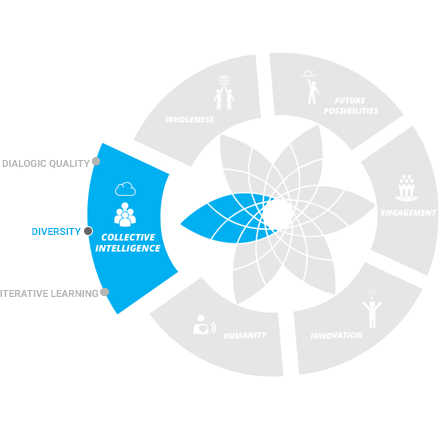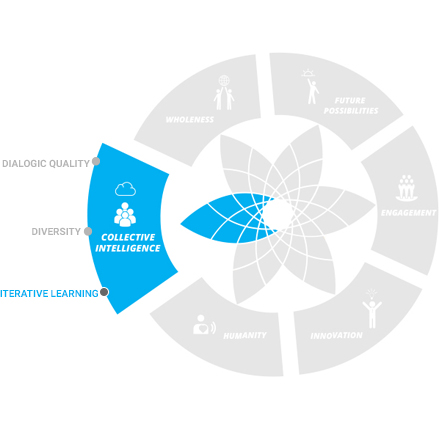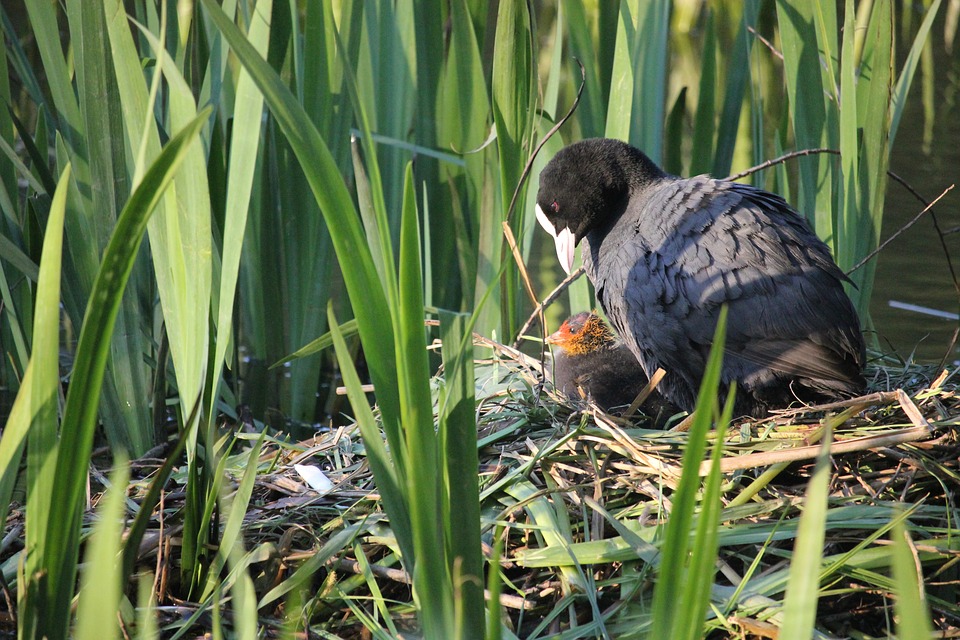
Dialogic Quality occurs when we experience meaningful conversations that tap into our desire to make a difference. We feel satisfied when a meeting leads to clarity and results that we can all own. The intention of stakeholder engagement is essentially dialogic: to get people from different walks of life and with different perspectives into a conversation that will lead to better outcomes. Structured dialogue allows for the integration of different perspectives, positions, and interests. Balancing advocacy with inquiry allows for a holistic understanding of a situation as well as the best possible way forward.
Attention to the quality of our conversations; awareness of fruitful communication patterns; listening; living dialogic practices; creating a thinking environment; inquiry; integration of different perspectives; creating settings for structured and constructive dialogue; enhancing meaningful conversations; balancing advocacy and inquiry

Diversity is an opportunity, not only a value. Dealing with the complexity of diversity is a constant learning curve, but leading sustainability transformation calls for actors with different perspectives and diverging interests to work together. Excluding opposing views or differing interests reduces the quality of outcomes. Diversity becomes an opportunity when we nurture diverse thoughts, viewpoints, backgrounds, experiences, and expertise. Agreements and achievements reached through collaborative consensus create lasting trust, help avoid or overcome crises, and maintain a shared orientation towards a larger common goal despite differences in interests.
Respect for differences; encouragement of different perspectives, world-views and opinions; fostering diversity in thought, viewpoints, background and experiences; managing conflicts constructively; listening before reacting; suspending judgment; inquiring into opposition; seeing corrective intention in opposition; willingness to encounter differences and difficulties; defenselessness;

Iterative Learning works best when we build cycles of reflection into collective action. Sustainability initiatives require strategic and operational planning as much as the observation of outcomes, impacts, effects, side effects, and implications. The crucial point is how we empower collaboration structures between multiple actors to learn fast enough – and collectively. Rather than assuming to find solutions and answers that last forever, we can see multi-stakeholder collaboration as collective learning journeys that allow us to learn from the past and the anticipated future and iteratively apply insights to current and future sustainability challenges.
Regular stock-taking (personally and professionally); building cycles of reflection into action; adjustment of strategies; creating learning spaces; regular stock-taking of life and/or progress; turning failure into progress; setting-up of collective learning structures; impact evaluation; setting-up of feedback mechanisms;

Peter is the Executive Director of DiversAct, an international NGO in Europe. The mission of the organization is to put biodiversity and natural resource management high on the public agenda.
Read More
Andrea is the sustainability manager of a European energy supply company that intends to enter into the renewable energy field, but still runs coal and a few nuclear energy plants.
Read More
Celine is a water engineer and the chair of the inter-ministerial coordination committee for the implementation of the drinking water policy in an African Country.
Read More
Nadeem is leading a complex strategic sustainability initiative between NGOs, development cooperation, the public sector and the private sector.
Read More
Mike is the CEO of medium-size textile company. When he joined the company, sustainability issues were still seen as belonging to the communication department.
Read More